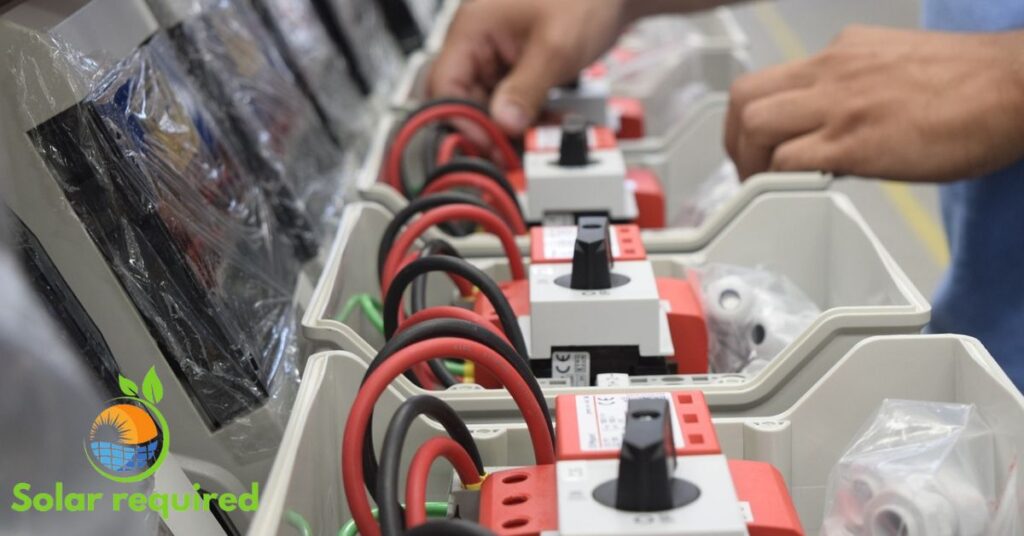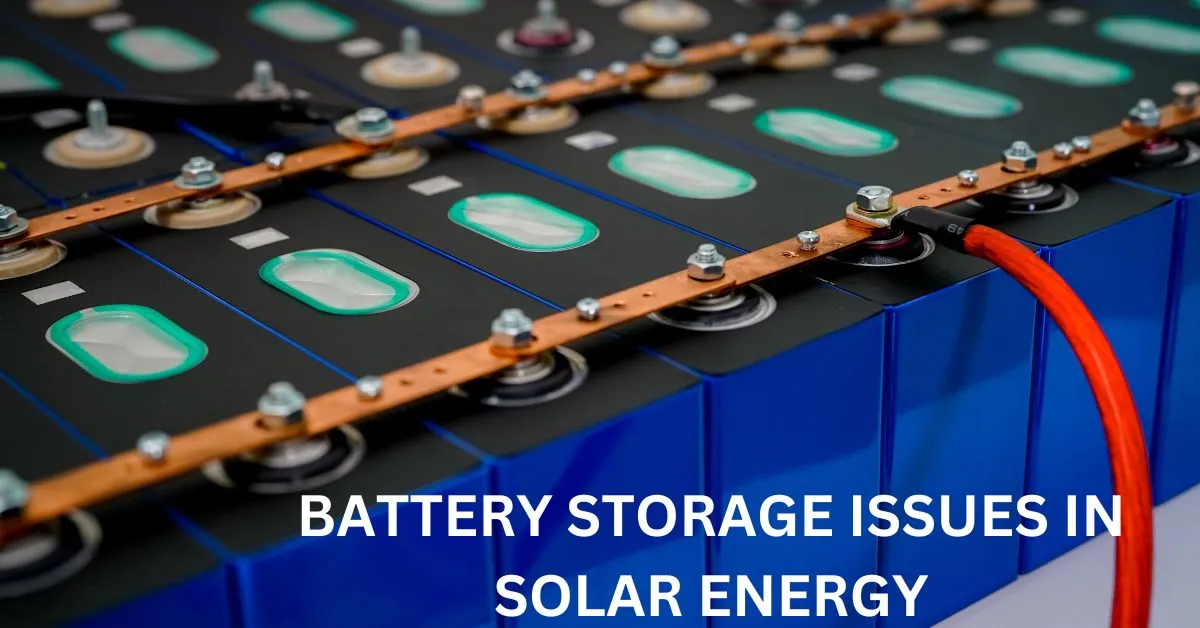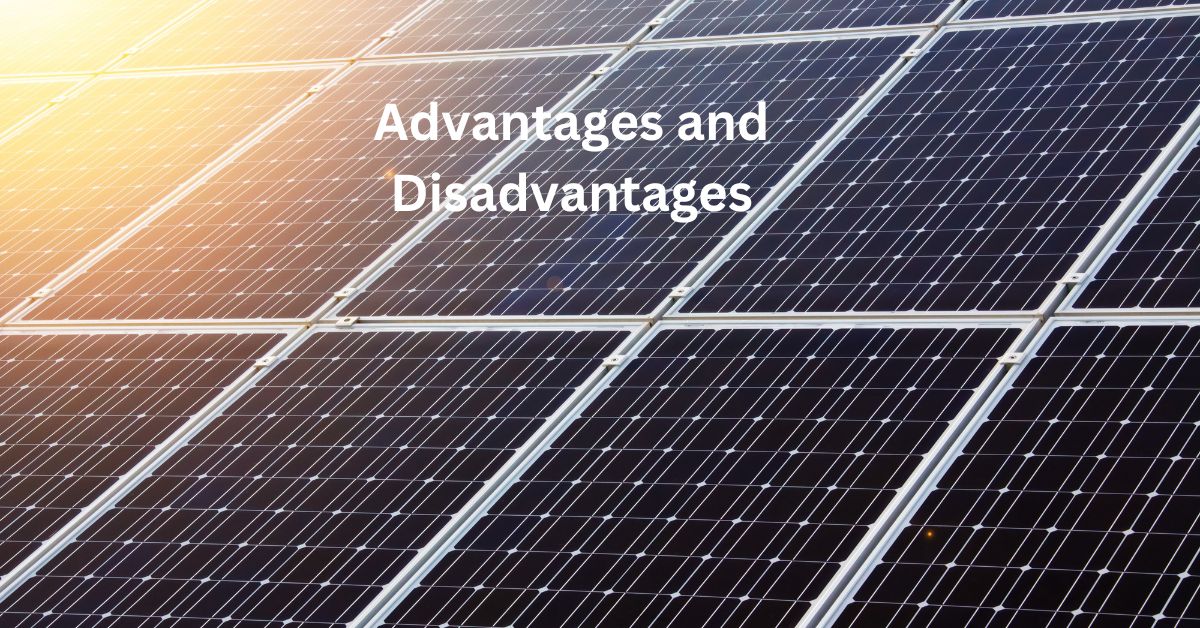Common battery storage issues in solar energy systems
I am an experienced solar technician. I have seen many battery issues. They can hurt a solar system’s performance. In this article, I will address the most common issues and provide troubleshooting steps to resolve them.
Apart from batteries, there are many other ways to store solar panel energy.
Battery storage problems in solar panels
Troubleshooting a dead battery in a solar energy system
A dead battery is one of the most common battery storage issues in solar energy systems. When a battery is empty, it can’t store energy from the solar panels. This renders the entire system meaningless. Checking the battery voltage is the first step in troubleshooting a dead battery. Determine the battery’s voltage by using a multimeter.
It could be necessary to replace the battery if the voltage drops below the suggested level. But, it’s crucial to make sure the battery connections are tight before drawing any judgments. Poor charging and discharging can be attributed to loose connections. The battery may run out sooner as a result.
Solving the problem of a battery that has no charge at all
A non-holding battery is another frequent problem. The battery loses the energy it holds from the solar panels. Several things can cause this issue. When the battery is not consistently charged or is used up it causes an issue. First, check the battery voltage. It must be in the advised range. It could be essential to use an external charger to charge the battery if the voltage is low. You can also increase the battery’s capacity to hold a charge by monitoring the electrolyte levels and adding more if needed.
Check the charge controller and solar panel performance:
The charge controller regulates the flow of electricity between the solar panels and the battery. Check the charge controller for any faults or errors. If it has a display, ensure that it is functioning and providing accurate information.
Poor performance of solar panels can affect the battery’s charging. Inspect the panels for dust, dirt, shading, or any physical damage. If needed clean them and make sure they are aligned and facing the sun.
Checking the battery connection
Closely examine the connections of the batteries, charge controller, and inverter. Ensure you plug everything in and check for any rust or dirt. Loose connections or rust can stop the flow of electricity. This can make the system less efficient. Keeping all the connections snug and clean helps the electricity move. It also prevents problems.

Monitor Charge Controller:
Watch out for the charge controller which regulates the battery charging process. Verify that the settings correspond to the size and type of batteries. Learn more about how to charge batteries with solar panels. Additionally, keep an eye out for any alerts or notifications displayed on the controller.
If there is a problem overcharging or undercharging the batteries may harm them. You can keep the batteries in your solar system healthy and make them last longer. Do this by inspecting the charge controller.
A battery that does not provide much power (problem)
Users of solar energy devices could face challenging issues when their batteries run out of electricity. Many things could cause this. For example, a battery nearing the end of its life, the wrong size battery, or high energy use.
Before troubleshooting it’s critical to evaluate the battery’s condition. Verify the battery voltage and contrast it with the specs provided by the manufacturer. It could be time to replace the battery if the voltage is below the designated range.
Also, looking at the battery’s internal resistance can reveal its condition. High internal resistance may mean a battery is near the end of its life. It may need replacement.
A battery bank is the right size.
An inadequately sized battery can result in insufficient power from the battery. Ensuring the battery bank is the right size is crucial. It must handle the solar system’s energy needs. The battery bank might not provide adequate power if it is too tiny.
This happens during times of high energy use. However, too many batteries make for bad charging and discharging. This lowers the system’s performance. To fix this issue, ask a solar energy professional for help. They will assess the system’s energy needs and suggest the right battery size.
Troubleshooting a battery that is overheating
It is important to take urgent action while dealing with an overheating battery. It may shorten the battery’s lifespan and could be dangerous for your safety. A battery may overheat for many reasons. These include high outside temperatures, high charging or discharging currents, and poor ventilation.
First, measure the outside temperature in the battery storage compartment. Do this before doing any troubleshooting. You might need to move the battery to a cooler place. Or, you could enhance ventilation if it is too hot. To further check if the charging and discharging currents are okay check them.
Balancing issues
Identifying and resolving battery balance issues
For solar energy systems to continue operating at peak efficiency, battery balancing is necessary. Batteries can unbalance when connected in series or parallel. This can lead to uneven charging and discharging. This may result in a decrease in the battery’s overall capacity as well as possible harm to individual cells.
Regularly check the voltage of each battery to detect problems with battery balancing. Noticeably different voltage measurements between batteries indicate an imbalance. Equalizing the charge in each battery is the first step toward fixing this problem.
There are many methods for balancing batteries. One is manual balancing. Individual batteries in it charge or discharge to match the voltage of the others. Another method is using a battery management system (BMS) that automatically balances the charge across batteries. Look in your solar energy system manufacturer’s guidelines. They have the recommended balancing method for your battery type.
Best practices for maintaining and optimizing battery storage systems
To maintain and optimize battery storage systems in solar energy systems adhere to the following best practices:
- Keep the battery and its surroundings clean and free from debris.
- Ensure proper ventilation to prevent overheating.
- Follow manufacturer guidelines for charging and discharging rates.
- Regularly monitor battery performance, including state of charge, voltage, and temperature.
- Implement a regular maintenance schedule, including cleaning battery terminals and inspecting connections.
- Monitor the battery’s capacity degradation and plan for timely maintenance or replacement when necessary.
- Stay informed about the latest battery technology. Consider upgrading your system for better performance and efficiency.
Follow these best practices. They will maximize the lifespan and performance of your battery system. This ensures reliable uninterrupted power from your solar system.
Thanks for reading: Save this knowledge


